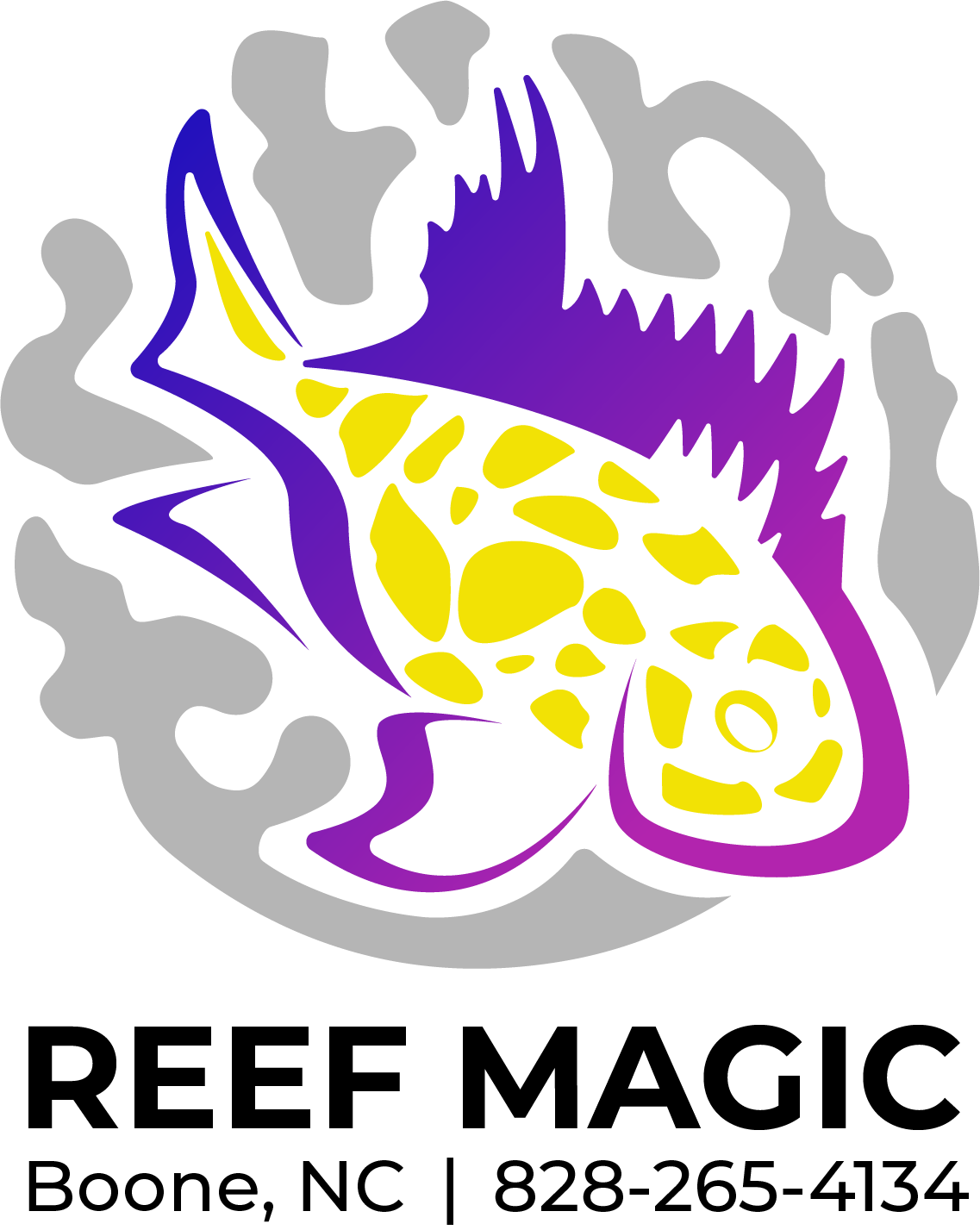 Image 1 of 1
Image 1 of 1


Mata Tang
1. Tank Size:
Tangs generally require a spacious aquarium due to their active swimming behavior. The tank size would depend on the specific species, but a larger tank is typically better.
2. Water Parameters:
Maintain stable water conditions with a temperature range suitable for marine fish (usually 72-78°F or 22-26°C).
Keep the pH between 8.1 and 8.4.
Aim for undetectable levels of ammonia and nitrite, and keep nitrate levels as low as possible.
Maintain a specific gravity between 1.020 and 1.025.
3. Substrate and Decor:
Provide a substrate that allows for natural behaviors, such as sand for species that like to sift through it.
Incorporate live rock structures to create hiding spots and grazing areas.
4. Diet:
Tangs are herbivores or omnivores, and their diet should include a variety of marine-based flake and pellet foods.
Supplement their diet with fresh or frozen marine algae, nori sheets, and other vegetable-based foods.
Offering a varied diet is crucial for their health.
5. Compatibility:
Tangs can be territorial and may not get along with other tangs or similar-looking fish.
Introduce them into the tank last to reduce aggression.
Keep an eye on their behavior and be prepared to separate them if aggression becomes an issue.
6. Tank Mates:
Choose tank mates carefully, and avoid keeping them with aggressive or overly territorial fish.
Tangs are generally compatible with a variety of reef fish and invertebrates.
7. Behavior:
Observe the specific behavior of the "mata tang" species you have. Some tangs are more solitary, while others may form loose groups in the wild.
8. Quarantine:
Quarantine new fish before introducing them to the main tank to prevent the spread of diseases.
9. Monitoring Health:
Regularly observe the health and behavior of your tang. Watch for signs of stress, disease, or abnormal behavior.
1. Tank Size:
Tangs generally require a spacious aquarium due to their active swimming behavior. The tank size would depend on the specific species, but a larger tank is typically better.
2. Water Parameters:
Maintain stable water conditions with a temperature range suitable for marine fish (usually 72-78°F or 22-26°C).
Keep the pH between 8.1 and 8.4.
Aim for undetectable levels of ammonia and nitrite, and keep nitrate levels as low as possible.
Maintain a specific gravity between 1.020 and 1.025.
3. Substrate and Decor:
Provide a substrate that allows for natural behaviors, such as sand for species that like to sift through it.
Incorporate live rock structures to create hiding spots and grazing areas.
4. Diet:
Tangs are herbivores or omnivores, and their diet should include a variety of marine-based flake and pellet foods.
Supplement their diet with fresh or frozen marine algae, nori sheets, and other vegetable-based foods.
Offering a varied diet is crucial for their health.
5. Compatibility:
Tangs can be territorial and may not get along with other tangs or similar-looking fish.
Introduce them into the tank last to reduce aggression.
Keep an eye on their behavior and be prepared to separate them if aggression becomes an issue.
6. Tank Mates:
Choose tank mates carefully, and avoid keeping them with aggressive or overly territorial fish.
Tangs are generally compatible with a variety of reef fish and invertebrates.
7. Behavior:
Observe the specific behavior of the "mata tang" species you have. Some tangs are more solitary, while others may form loose groups in the wild.
8. Quarantine:
Quarantine new fish before introducing them to the main tank to prevent the spread of diseases.
9. Monitoring Health:
Regularly observe the health and behavior of your tang. Watch for signs of stress, disease, or abnormal behavior.






